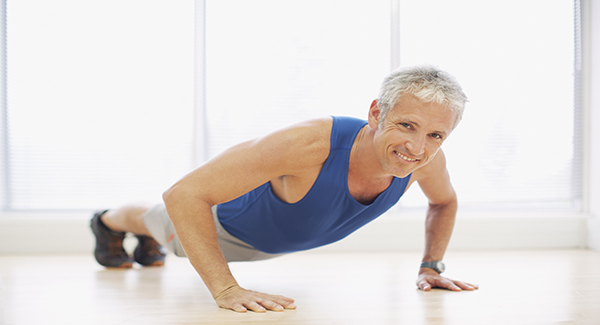Weight Training 101
Use these weight-training tips to learn how to safely add working out with weights to your arthritis exercise routine.
Weight Training Tips
Two or three, 20- to 30-minute, weight-training sessions each week are sufficient to start reaping noticeable benefits within four to 12 weeks, such as improved energy and muscle tone. Within six months, most people increase their strength 40% or more. Give your body at least one recovery day between sessions, although some people may need more, especially in the beginning.
Start with a pair of light dumbbell hand weights - 2 to 3 pounds for women and 5 to 8 pounds for men. If you can’t do 12 repetitions (or reps, the number of times you do the exercise) the weight is too heavy. If your muscles don’t feel tired after 12 reps, it’s too light. Adjustable weights that can be strapped to wrists or ankles may be convenient if you have arthritis in your hands. You can also use home or gym weight machines, or resistance bands.
For general toning and strength, the American College of Rheumatology and American Council on Exercise recommend completing one set of eight to 12 reps, working the muscle to the point of fatigue by the last few reps of each set.
Work all major muscle groups, starting with the larger muscles. Always include exercises for opposing muscles: for example, work the biceps and triceps of your arms, and the quadriceps and hamstrings of your thighs. Avoid above-the-shoulder exercises if you have arthritis in your upper body, and talk to your doctor before using leg press machines if you have arthritis in your knees or hips.
Lift slowly and smoothly, counting four counts up and four counts down. Avoid locking (fully straightening) knees or elbows, which stresses joints. Deliberately exhale when lifting, and inhale when lowering.
Stay in the Know. Live in the Yes.
Get involved with the arthritis community. Tell us a little about yourself and, based on your interests, you’ll receive emails packed with the latest information and resources to live your best life and connect with others.

